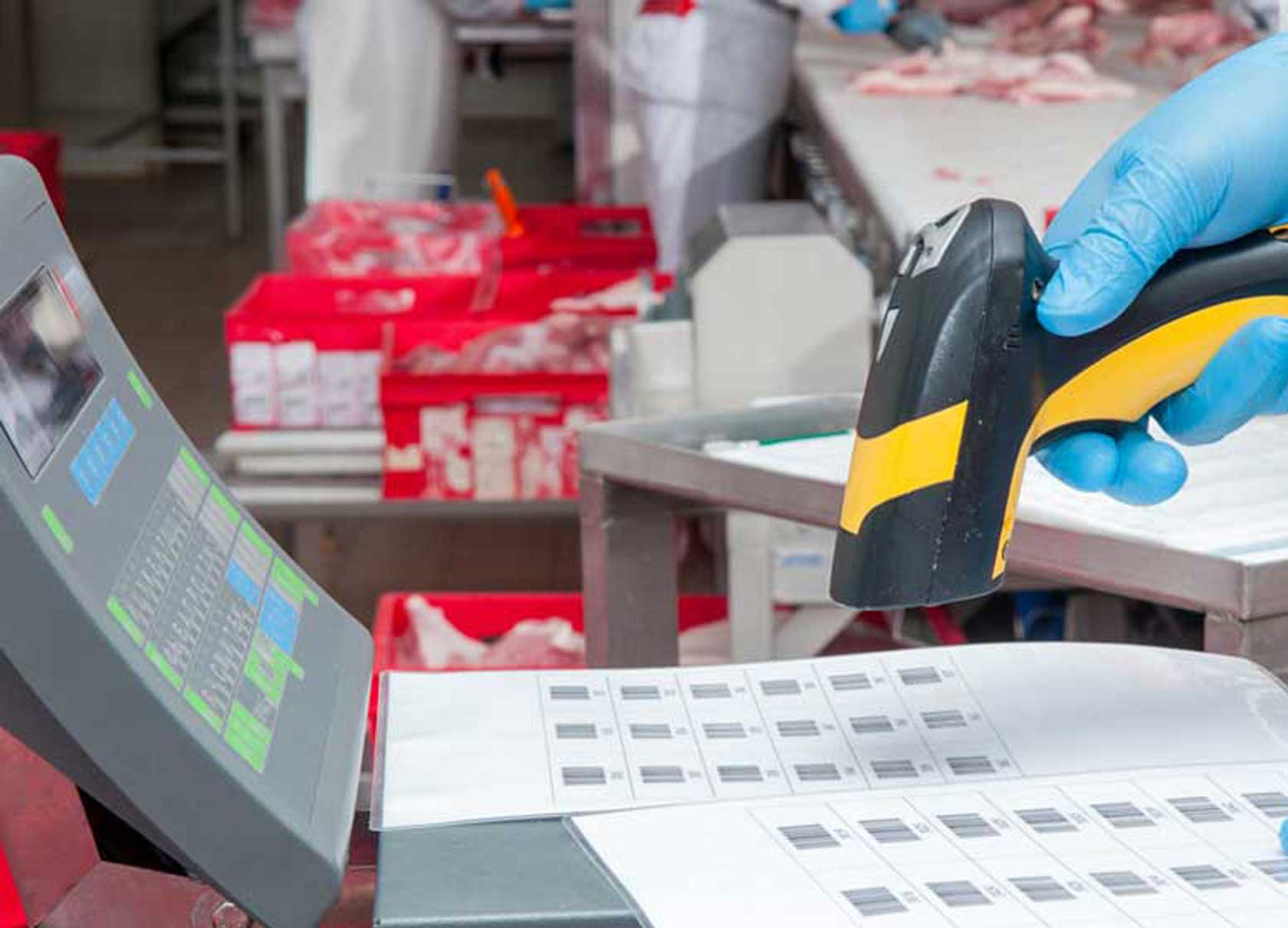
Recent high profile product recalls and withdrawals have shaken the confidence of retail buyers and consumers alike. To complicate matters, there has been considerable confusion when trying to distinguish between failures to follow guidance (which can be remedied) and serious, fraudulent or criminal activity.
The larger retail and hospitality chains have in-house technical teams they can call on to navigate their way through the complicated, and in some cases overly precautionary, official food safety guidance. They can separate fraud from less serious enforcement issues and work constructively with their suppliers to ensure they are applying the right rules to different meat products.
However, smaller groups, intermediate food manufacturers and individual buyers often lack that detailed information and have been imposing a blanket restriction on product use-by dates without understanding the full facts. This has led to needless food waste and disruption to the supply of products that would actually comply with the FSA’s guidance.
Over the last 30 years the UK’s chilled food industry has produced an estimated 20 billion chilled ready meals and a similar number of other vacuum packed raw and cooked products. In that time there have been no reported cases of C. botulinum food poisoning from meat with shelf lives up to 10 days and more.
Issues have only ever arisen when foods have not been stored at the correct temperature either during sale or in the home, which is not a production issue. This clean track record has been demonstrated by an extensive review commissioned by the FSA.
One of the major findings of a series of recent publicly funded, peer-reviewed studies (producing the largest data set of it’s kind in the world) is that fresh meat actually had the lowest spore loading of any food category. This adds to a growing body of evidence that suggests vacuum and modified atmosphere packed meat (VP/MAP) is a much lower risk than previously thought.
It’s important to understand how the 10-day rule works and how it should apply, as it is not the same across all meat products. The basic details are explained below.
The British Meat Processors Association advises buyers to work with their suppliers to get clear information about the products they sell in the form of a technical specification for each product. This should include information proving that the product has been processed and stored according to FSA guidelines to justify the use-by date quoted.
In addition buyers should check each supplier’s latest FSA audit results on their ‘Approved Establishments’ register every 6-12 months to ensure that they are remaining compliant with current regulations. Any breaches should be discussed with the FSA and the supplier. You can find the full list of Approved Establishments and their current audit outcomes as an Excel download on the FSA website.
This rule revolves around the temperature at which chilled red meat is stored, processed and transported. Below temperatures of 3C, C. botulinum will not grow. So, for meat that has been vacuum packed and stored or transported below 3C continuously, the 10 day rule would apply from the time the meat was brought up to temperature to be un-packed, cut and then re-packed.
Foods kept at between 3 and 8C should be given a maximum 10-day shelf life (use-by date) unless the manufacturer has employed an alternative ‘controlling factor’ to enable an extension of the shelf life.
There are a number of ways that the shelf life of a meat product can be legitimately extended beyond 10 days, often referred to as ‘controlling factors’. These include:
Buyers should ask their suppliers for documentation proving that a longer shelf life is justified.
This is a complicated and changing issue and the latest guidance has imposed extremely precautionary restrictions on the shelf life of meat and meat products.
Working closely with the FSA, the British Meat Processors Association is currently conducting four research programmes that will help regulators to better understand the risk of botulism from chilled VP/MAP fresh meat and assist in setting more technically appropriate restrictions that, in turn, will provide confidence to producers, buyers and consumers.
BMPA has comprehensive and detailed information for its members as well as a helpline to assist member companies to understand and apply the FSA’s guidance. As findings become available from ongoing research projects, the results and further advice will be made available to both members and non-members that wish to participate in this set of projects.
For now, the advice from the British Meat Processors Association to both manufacturers and buyers is to follow current guidance to remain compliant.
We are the UKs largest trade body for the meat industry and provide expert advice on trade issues, bespoke technical advice and access to government policy makers
We are proud to count businesses of all sizes and specialties as members. They range from small, family run abattoirs serving local customers to the largest meat processing companies responsible for supplying some of our best-loved brands to shops and supermarkets.
We are further strengthened by our associate Members who work in industries that support and supply our meat processing companies.
We are the voice of the British meat industry.

17 Clerkenwell Green
Clerkenwell, EC1 0DP
Tel: 020 7329 0776